Southwest Michigan field crops update – July 31, 2025
Seed development started in soybeans, and corn is at early kernel development. Upcoming cool temperatures will be conducive for disease progression, so keep an eye out for tar spot in corn and late blight in potatoes.
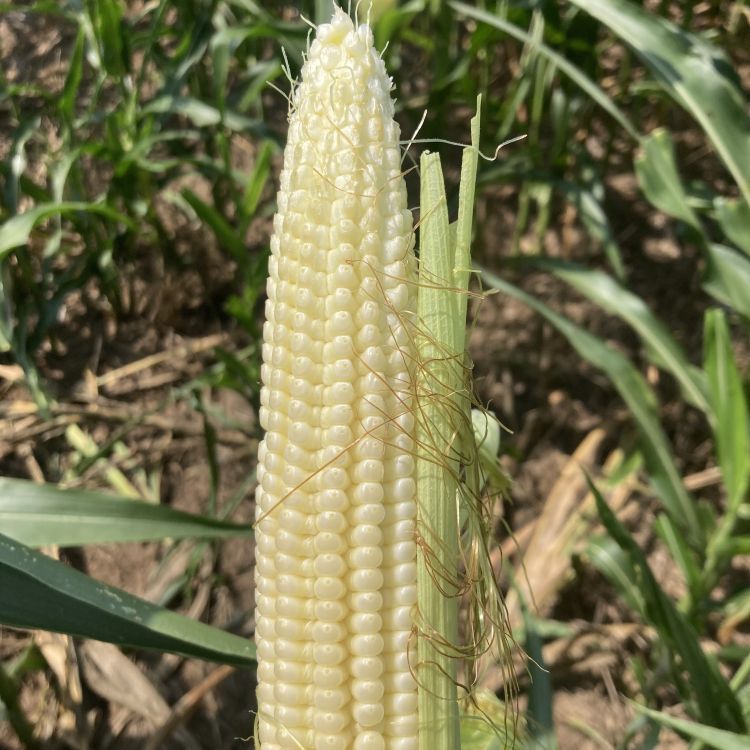
Weather
Scattered rainfall fell over southwest Michigan again this week, with some areas receiving over 2 inches and others receiving less than half an inch. The high temperatures and high humidity continued. However, temperatures—especially at night— will drop today, July 31, and over the weekend before returning to the mid-80s in the middle of next week. No significant precipitation is forecast for the next week, but humidity is expected to remain high.
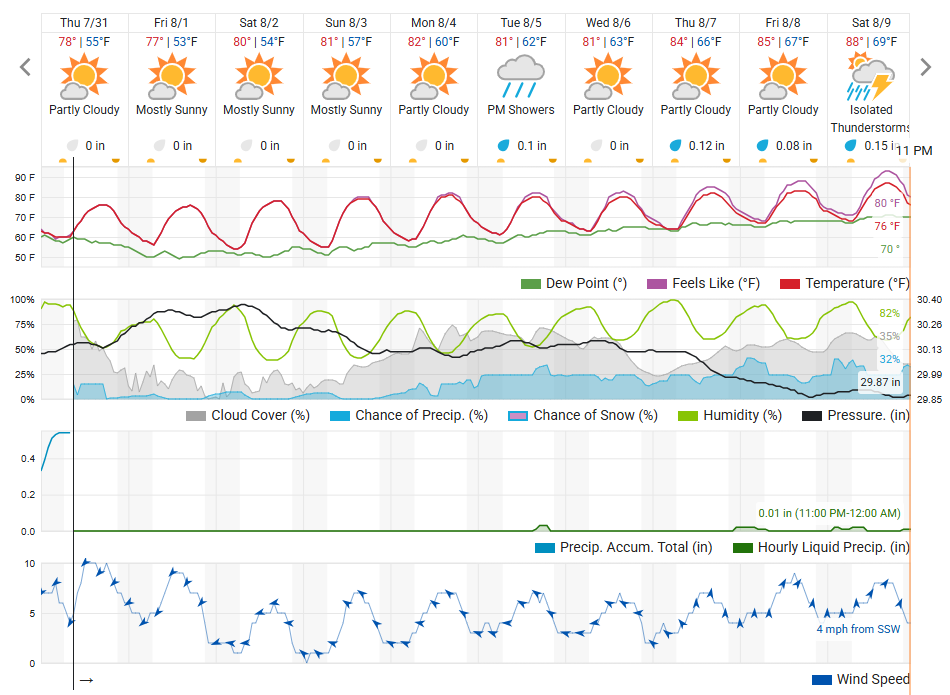
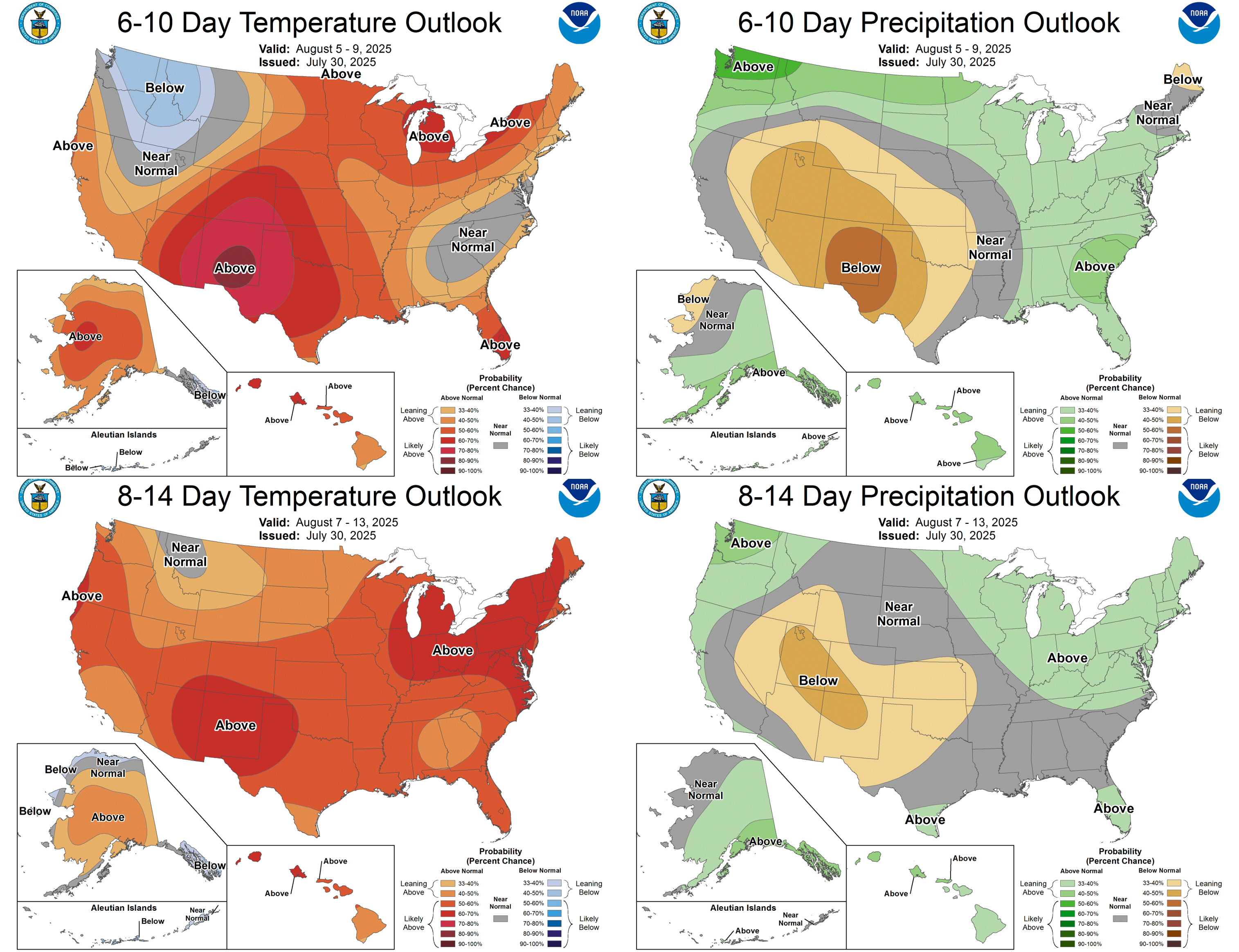
Crops and pests
Soybeans are finishing up flowering and entering pod production. At R4, a pod at the fourth node is 0.75 inches long. Once soybeans hit R4, fungicides have very little if any efficacy on white mold prevention. Some fields have entered R5, which is when the seed of a pod on the fourth node down on the main stem is 0.125 inches long. Risk models based on weather show high white mold risk on irrigated fields and low white mold risk on unirrigated fields for the next several days. Frog-eye leaf spot risk is moderate.
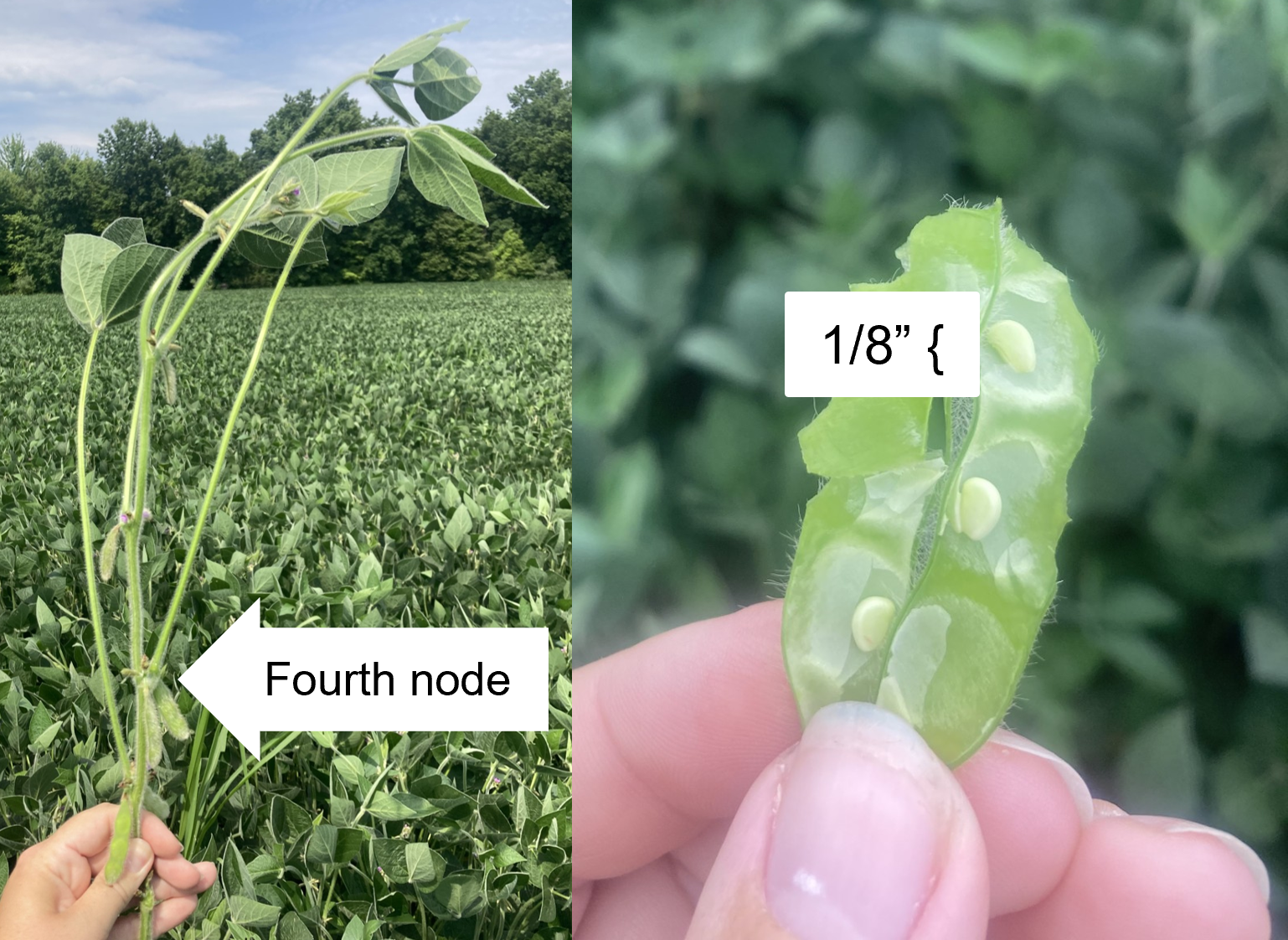
Most corn fields have hit tasseling and have entered corn ear stages. At R1, silks have emerged on corn ears, and at R2, the kernels are full of clear liquid, or blister-like. Seed corn detasseling has made great progress and is starting to wrap up. Tar spot was confirmed in several Michigan counties this past week, including Branch, Kalamazoo and St. Joseph counties. Scout for it in wet areas of the field or field edges along tree lines that would have increased leaf wetness in the morning. If you see black spots on a leaf, apply liquid and try to wipe them off to make sure the spots are really from tar spot lesions rather than insect droppings.
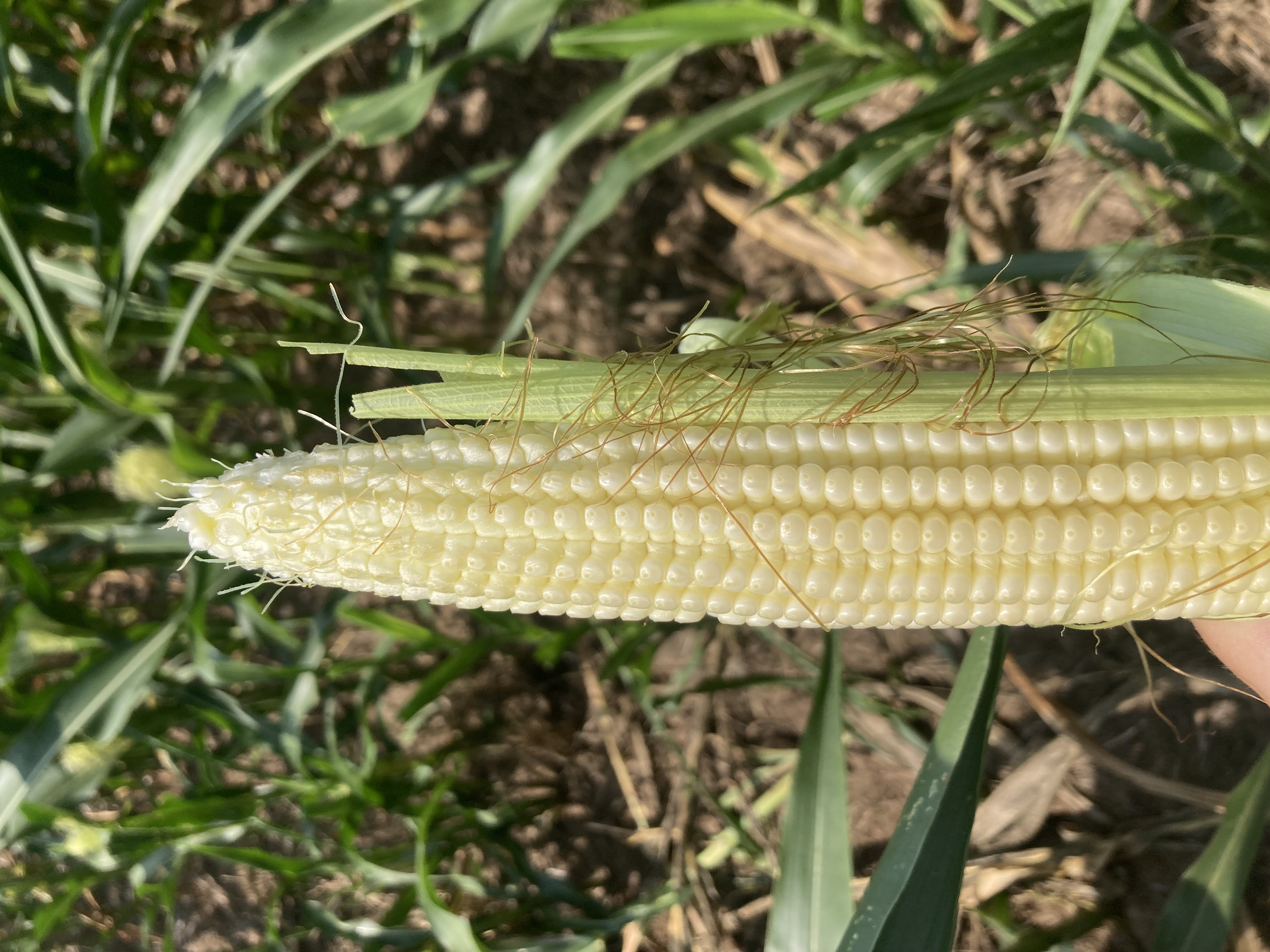
If fields are infected at low levels, tar spot pressure will likely increase during the upcoming period of cool weather. Risk models show low tar spot risk for the next week for unirrigated fields, but moisture increases tar spot infection, so irrigated fields are at higher risk. The best timing for a single fungicide application is still between VT and R3-4. Western bean cutworm moth flights have been low, with peak flight most likely occurring last week. Corn that is freshly tasseled or close to tasseling is most attractive to western bean cutworm moths.
Bucket traps in Berrien (near Niles) Branch (near Union City), St. Joseph (Centreville and Sturgis) and Van Buren (Paw Paw) counties have caught the following western bean cutworm moths:
|
Date |
Branch 1 |
Branch 2 |
Centreville |
Niles |
Paw Paw |
Sturgis |
|
7/28 |
13 |
27 |
4 |
61 |
34 |
16 |
Winter wheat harvest wrapped up, and many fields have been planted with cover crops or double-crop soybeans by now.
Fresh crop chip potato harvest started the week before last, and vine kill continued on early-harvest tablestock potatoes. The persistent precipitation over the past week increased forecast late blight risk to medium with pockets of high risk. As temperatures cool down this weekend, late blight risk will continue to increase. Prioritize scouting for late blight around wet spots and along field edges, especially for tree lines where fungicide canopy coverage may be poor.
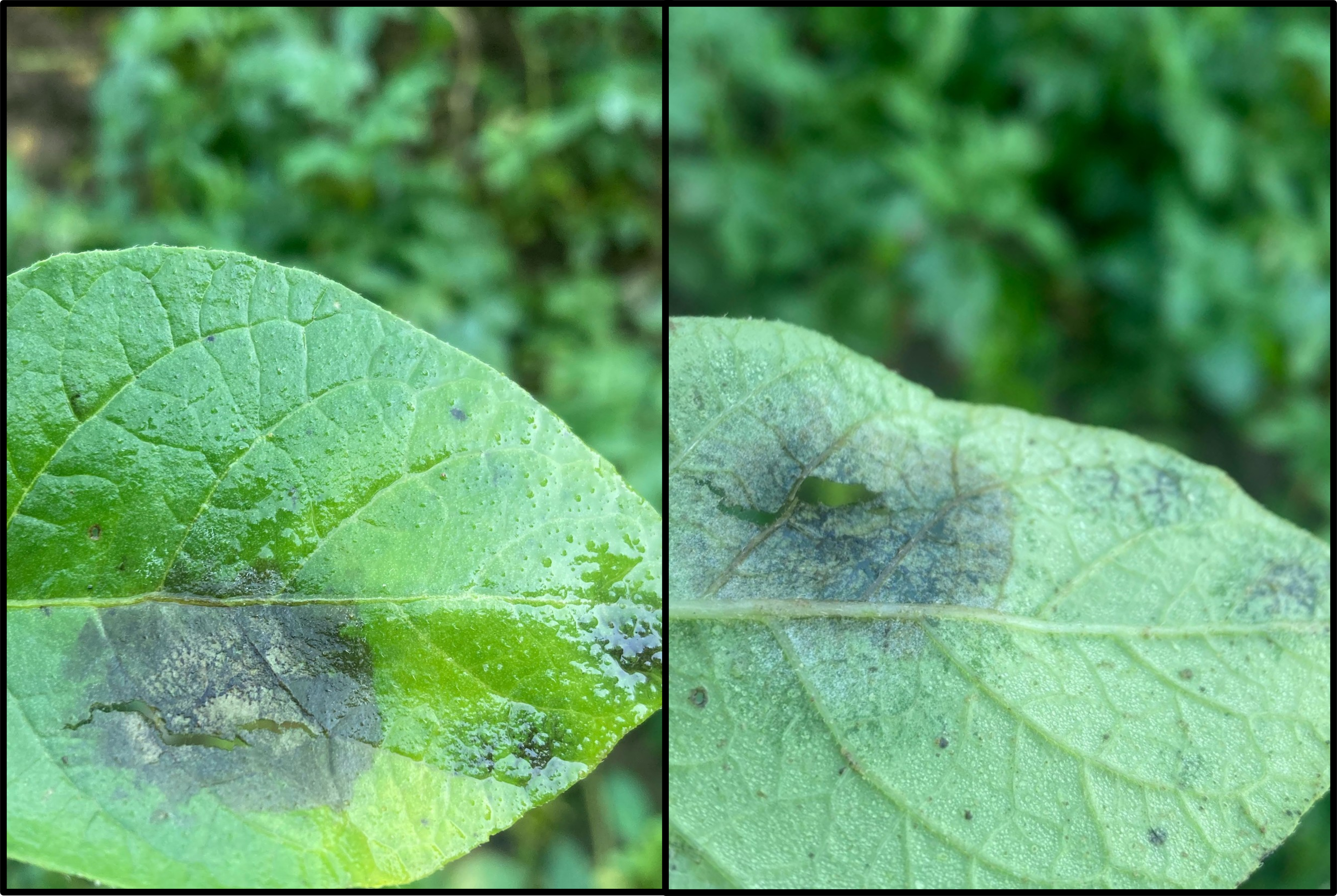.png?language_id=1)
Alfalfa and forages continued at variable stages of growth. Due to persistent precipitation in most areas, cutting and baling were mostly on hold over the past week.
Weekly water use
Crop water use declined this week compared to last week, and much of southwest Michigan benefited from timely rainfall. However, both corn and soybeans are currently in critical growth stages, so it’s essential to scout for signs of stress or disease pressure before deciding whether to irrigate or not. For corn, the most critical period occurs between VT (tasseling) and R3 (milk stage and early grain fill). Soybeans are most sensitive to water stress during the R3 to R6 stages (pod development through seed fill). Irrigation Scheduling Tools can help estimate crop water needs and decide timing and application.
If irrigation is truly needed, it's best to apply larger amounts less frequently, rather than small amounts more often to avoid disease progression.
Estimated weekly crop water use for field crops in Michigan (inches/week) for the week of July 28-Aug. 3.
|
Crop |
Growth stage |
Constantine |
Entrican |
Hart |
|
|
Reference ET |
1.18 |
1.3 |
1.27 |
|
Corn |
V12 |
1.18 |
1.3 |
1.27 |
|
Corn |
V14 and V16 |
1.3 |
1.43 |
1.4 |
|
Corn |
VT, Silk, Blister, Dough, Begin Dent |
1.3 |
1.43 |
1.4 |
|
Soybeans |
R1 Beginning Bloom |
1.18 |
1.3 |
1.27 |
|
Soybeans |
R2 Full Bloom |
1.3 |
1.43 |
1.4 |
|
Soybeans |
R3 Begin Pod / R4 Full pod |
1.3 |
1.43 |
1.4 |
The table above presents estimated crop water use for various field crops across three locations in Michigan. This data helps irrigation management decisions by showcasing potential crop evapotranspiration, calculated based on reference evapotranspiration and crop coefficients for each crop growth stage. It is crucial to note that crop water use values vary across regions due to differences in weather conditions, growth stages, agronomic practices and soil properties.
When using these values for irrigation scheduling, be mindful that they assume all applied irrigation water will be utilized by the plants without any loss. Additionally, these values do not account for any precipitation that may occur during the week of calculation.
Reference evapotranspiration data was obtained from Michigan State University Enviroweather, which also offers a model for determining potential crop evapotranspiration. To access this tool, visit Enviroweather, click on "Crops," select your crop and use the potential evapotranspiration tool by choosing your nearest weather station, the latest date of interest and other crop information.
Field Crops Virtual Breakfast Series
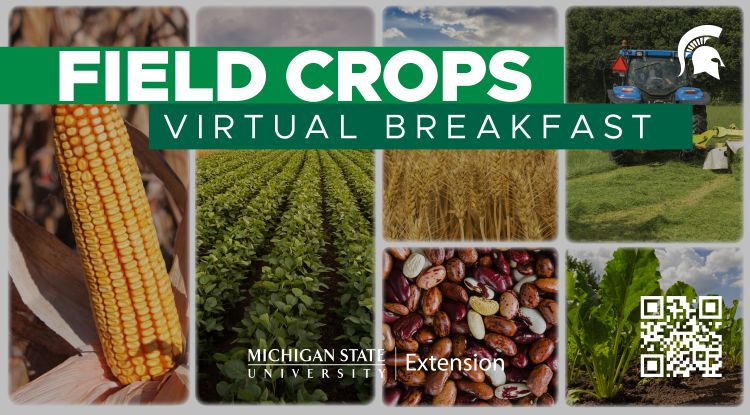.jpg?language_id=1)
Field crops insect diagnostics, presented by Sarah Hughson, arthropod diagnostician for the MSU Plant and Pest Diagnostics lab, was the topic for the MSU Extension Field Crops Virtual Breakfast this week. You can send pictures or samples of unfamiliar insects to MSU Plant and Pest Diagnostics for identification and management advice.
Recordings of this and all the Virtual Breakfast meetings are closed-captioned and available at the Field Crops Virtual Breakfast webpage and the MSU Extension Field Crops Team social media platforms: Facebook, Spotify, YouTube, Apple Podcasts and Twitter/X.
This work is supported by the Crop Protection and Pest Management Program [grant no 2024-70006-43569] from the USDA National Institute of Food and Agriculture. Any opinions, findings, conclusions, or recommendations expressed in this publication are those of the author(s) and do not necessarily reflect the view of the U.S. Department of Agriculture.



 Print
Print Email
Email




